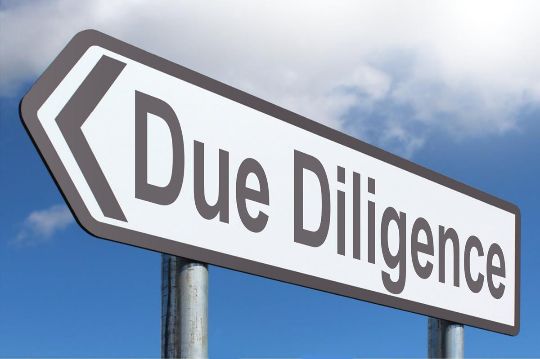Financial Planning and Analysis in Fix and Flip Ventures

Establishing a Budget
Before diving into a fix and flip project, it's essential to establish a comprehensive budget that outlines all projected expenses and anticipated revenues. Consider factors such as acquisition costs, renovation expenses, holding costs (e.g., property taxes, insurance, utilities), financing costs, and selling expenses (e.g., real estate commissions, closing costs). Set realistic budgetary allocations for each category to ensure you stay within your financial constraints.

Analyzing Deal Metrics
Analyzing deal metrics is critical for evaluating the viability of fix and flip opportunities and assessing potential returns on investment. Key metrics to consider include:
- Purchase Price: The price you pay for the property, including any closing costs or acquisition fees.
- After Repair Value (ARV): The estimated market value of the property after renovations are completed.
- Renovation Costs: The projected expenses associated with renovating the property, including materials, labor, and contractor fees.
- Holding Costs: The ongoing expenses incurred while the property is being renovated and marketed for sale.
- Projected Profit Margin: The anticipated profit margin based on the difference between the ARV and total acquisition and renovation costs.
- Return on Investment (ROI): The percentage return on investment calculated by dividing the projected profit by the total investment amount.

Conducting Due Diligence
Thorough due diligence is essential for mitigating risks and uncovering potential red flags or deal-breakers. Conduct comprehensive property inspections, review title records, assess market comparables, and verify renovation estimates to ensure accuracy and reliability. Consider enlisting the help of real estate professionals, appraisers, and contractors to provide expert insights and guidance throughout the due diligence process.

Managing Cash Flow and Expenses
Effective cash flow management is crucial for the success of fix and flip ventures. Monitor cash flow projections regularly, track expenses diligently, and identify potential cost-saving opportunities to optimize profitability. Consider leveraging project management tools, accounting software, and financial spreadsheets to streamline budgeting and expense tracking processes and maintain accurate records.

Mitigating Risks and Contingencies
Fix and flip projects inherently involve risks, ranging from unforeseen renovation challenges to fluctuations in market conditions. Build contingencies into your budget to account for unexpected expenses or delays and mitigate potential risks proactively. Consider factors such as interest rate fluctuations, construction delays, and market volatility when assessing project feasibility and risk exposure.
